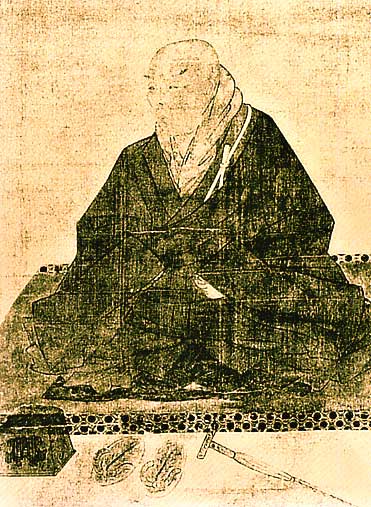Your Worship
The Buddhist Church of Santa Barbara

Church: Buddhist Church of Santa Barbara, 1015 E. Montecito Street
Service Attended: Saturday, 2 pm
Denomination: Buddhist (Jodo Shinshu)
Offerings: Monthly services with lunch. Call 962-3633 for times
The Buddhist Church of Santa Barbara has been one of Santa Barbara’s best kept spiritual and cultural secrets for nearly 80 years. Meeting monthly in a large traditional Buddhist church on the Eastside, the congregation gathers to practice Jodo Shinshu Buddhism in much the same way Japanese residents have practiced it for the last millennium. In sharp contrast to the images of simplicity and meditation that Buddhism conjures in most Americans’ minds, the setup of the Buddhist Church is similar to that of a Christian church, with pews holding Buddhist Service Books and facing an elaborate minister’s pulpit.
The basic principle of Jodo Shinshu is that striving for complete awakening in this lifetime is unrealistic for the vast majority of human beings, particularly in this modern world. To put it lightly, we ain’t gettin’ enlightened anytime soon. Instead, Jodo Shinshu’s founder, Shinran Shonin (pictured above), advocated relying on Amida Buddha’s Primal Vow, which states that all beings who sincerely desire release from the sufferings of this world are promised rebirth in the Pure Land, which is not so much a physical place as it is the state of freedom from all worldly suffering. (Amida Buddha is distinct from the historical Buddha, Sakyamuni, in that this name represents the embodiment of the dharma, or Buddhist teachings.) In other words, Jodo Shinshu teaches that one needn’t abandon one’s family and career and adopt an austere monastic lifestyle in order to be reborn in the Pure Land. Trusting in this knowledge, practitioners of Jodo Shinshu are able to enjoy their present lives to the fullest. As one congregant explained it to me, Jodo Shinshu “is the layman’s Buddhism.”
In keeping with this philosophy, the Buddhist Church service hinged not on meditation, but on expressions of gratitude and faith. Congregants sat in pews facing an elaborate gilded altar, the centerpiece of which is a statue of Kuan Yin, the earthly manifestation of Amida Buddha. The minister, with the aid of an awesomely reverberating gong, led us through chants in which we praised the immeasurable wisdom and compassion of the Buddha and took refuge in The Three Treasures – the Buddha (or the potential for enlightenment in each person), the Dharma (the teachings), and the Sangha (the community of Buddhists).
During the chants, congregants lined up in front of the altar and, one by one, bowed before the Buddha and pinched a bit of granulated incense into a large ornamental brazier as a symbolic offering and expression of gratitude to the presence of Buddha-Dharma in their lives.
The service, delivered in both Japanese and English, was marked by an open light-heartedness. Japanese-speaking congregants loudly translated page numbers for the English speakers, and the minister’s sermon, which dealt exclusively with everyday living, was dotted with jokes. He spoke at length of the simple joys of summertime and asked congregants to “appreciate our life as it is right now.”
Perhaps the most notable aspect of the service was the frequent recitation of the phrase “Namo Amida Butsu,” which means literally, “I entrust myself to the Awakened Being of Immeasurable Wisdom and Compassion.” Speaking this name is an expression of gratitude and of one’s wish to become a fully awakened, or enlightened, being one’s self. Jodo Shinshu teaches that if one speaks this name in sincerity, one is guaranteed an eventual rebirth in the Pure Land.



